
Loudspeakers are evolving. Slowly. The technology has mostly stayed the same over the years, but recent improvements in design and materials are helping manufacturers design lighter, smaller products with higher output possibilities and improved sound quality.
[Executive Q&A: Now Hear This]
"It's a broad development scope," said Andy Davies, senior product manager with Meyer Sound. "A new generation of integrated digital amplifiers, digital infrastructure taking audio-over-IP direct to the loudspeaker, improved driver design, and advances in acoustic modeling that all combine to dramatically improve the new generation of products."
Which Way?
Depending on the application, two-way or three-way speakers have distinct advantages that could benefit a system's overall output. Two-way speakers offer a more compact design and are ideal for a more cost-effective solution. Three-way speakers enhance audio performance by splitting the audio signal into three different frequency bands, improving audio clarity and giving a more exact sound reproduction.

The decision on which to choose ultimately depends on the requirements of the install and the audio quality needed for the project. "In addition to two-way and three-way speakers, we often encourage using one-way speakers, such as columns that utilize our unique Pure Array Technology," noted Andrea Torelli, global marketing and communications director with K-array. "This approach offers a significant advantage in phase coherence, as no crossover points exist between the speaker components. The sound is incredibly smooth and natural, making it the best solution when possible."
The Royal Opera House in London and Teatro alla Scala in Milan rely on this system, where the mid-high speakers are Pure Array Technology columns reproducing the same frequency range. "Those who have experienced these systems have witnessed sound that becomes a true extension of the performer on stage, extremely natural and optimally distributed throughout the theater," Torelli said.

Graham Hendry, AtlasIED
Dispersion characteristics are one of the most essential specifications when selecting a loudspeaker. Whether narrow, wide, or adaptive, this specification is often overlooked, impacting an install's ability to offer an evenly dispersed audio landscape. Only a few audience members are on a direct axis with a loudspeaker; with the desire to create an even playing field where the entire audience hears the same thing, it is important that beamwidth characteristics match the specifications leading to a robust loudspeaker deployment.
"Unlike light, sound is a slow medium, with drastically varying wavelengths, which make it a challenge from a design perspective to achieve smooth, even, and predictable dispersion characteristics over the operating range of a loudspeaker," explained Graham Hendry, vice president of loudspeaker strategy for AtlasIED. "A small-time alignment anomaly due to displaced sources will cause directivity changes."
A Delicate Balance

When deciding between column or line array loudspeakers, it's essential to think about the use case. With line array speakers designed for optimal clarity, they are ideal for use in large spaces, such as music venues and large auditoriums. They offer more flexibility than column arrays, with line arrays able to adjust splay angles to better match the projection to the audience area.
However, that flexibility comes with a price in the form of more mechanics and more individual boxes, according to Tom Back, managing director and co-founder of Alcons Audio. "In applications with a flat-audience area and no stringent restrictions on speaker placement, a column speaker could be the efficient, but similarly effective choice," he added.
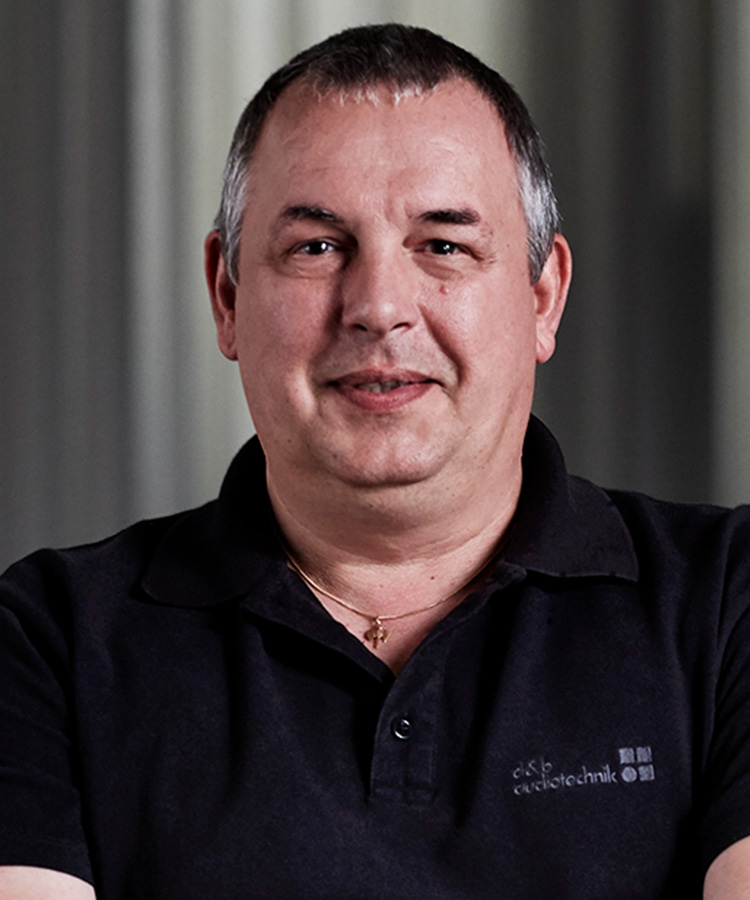
Finding the balance between a loud and intelligible system is a delicate balance. At certain times, a system must be loud to achieve a certain level of intelligibility, depending on the surrounding.
"Just think of a soccer stadium where a very basic requirement can be to achieve sound pressure levels above crowd noise," offered Marcus Baeumler, product manager for d&b audiotechnik. "Once you have achieved that, intelligibility, of course, is of great importance."
Image is another thing clients are constantly concerned with, leading to manufacturers offering various options to fit a variety of needs. "Look is often very important, which is why we offer custom colors and wood finish loudspeakers, where clients can choose to make their speaker blend into its surroundings," said Lou Mannarino, founder and designer of 1 SOUND. "However, we have found a trend starting with our end clients who are actually embracing the look of a loudspeaker. For example, our Contour with the magnetic grille removed showing the horn—because they are proud of the quality of sound and want to show it off!"

Often, the client is focused on having the latest loudspeaker innovation over what makes the most sense for their venue, finding out after it's too late that the intelligibility of the product does not match their needs. Also, focusing on the visual can leave a venue with a beautiful space but terrible sound and acoustics. It's vital to think of audio quality.
"In install applications, the sheer quantity of audio does not replace quality," said Aki Mäkivirta, R&D director for Genelec. "Even then, it is tough to simplify the system quality this much. There is more to quality than just loudness or intelligibility."
Even if you have the best technology, you must still work with sound system engineers to ensure the system operates optimally. "Too many results are subjectively evaluated with music as a program source and the human hearing system as the only instrument," said Hendry. "This design approach has clouded the division between sound system engineering and music reproduction as an art form. While there's a place for both, we must remember that they are completely different. Anyone can crank up a PA system and make it loud, but it takes a professional to design one that's intelligible."
Current Trends
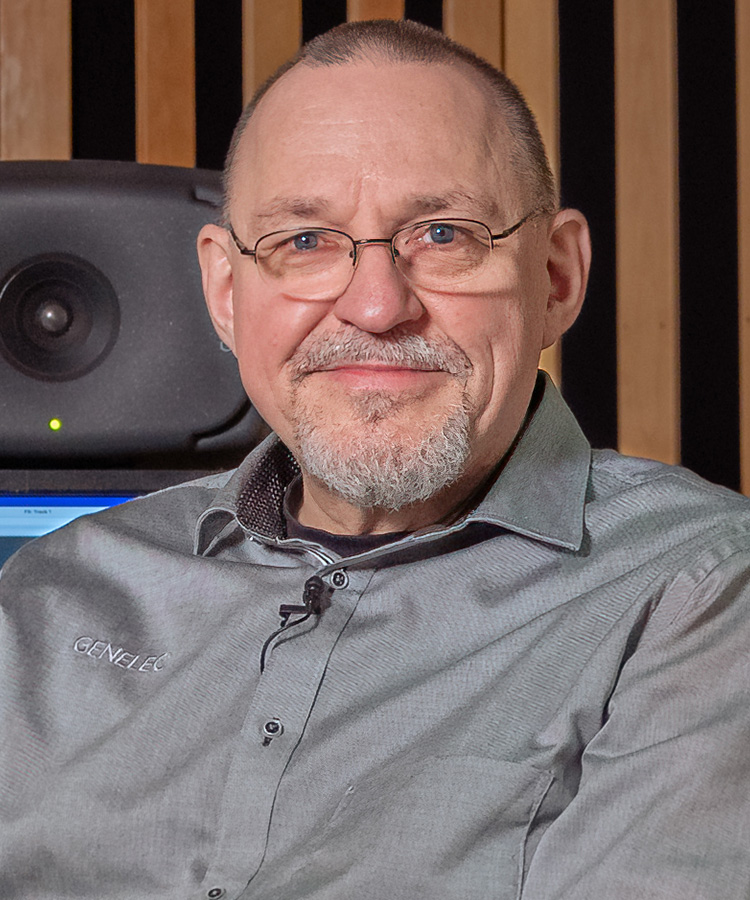
Advances in digital signal processing (DSP) power and speed allow for increased flexibility and functionality, surpassing analog technologies of the past. These advanced processing technologies boost audio performance while allowing systems to adapt to various applications and environments, taking a much more significant role in a system's overall performance.
With emerging trends like advanced beam-steering technologies, growing demand for environmentally friendly materials and manufacturing processes, and the increased use of networked audio systems, manufacturers are constantly looking for ways to stay at the forefront of loudspeaker advancements. With a growing need for integrated audio systems, including audio within IT systems, manufactures are looking to innovative software solutions to improve ease of use, control, and performance for its product lines.

"The trend now for manufacturers is to develop more comprehensive solutions in loudspeakers by investing in deploying systems with better control, immersive systems, and flexible products which fit well into several different scenarios," explained Marco Cantalù, application support engineer with dBTechnologies. "We are continually working on making our products more intelligent, more self-aware of where they are."
Greater use of the software, such as Aurora Net software from dBTechnologies, will also provide more precision in deployment, supporting loudspeaker components as they get smaller, more compact, faster, and louder. "Everything will continue to work better and even more efficiently," said Cantalù, "and that's why we are working on future speakers that are increasingly more power-friendly, more eco-friendly, and with a higher sensitivity which can achieve even more SPL with the minimum possible power consumption."
There are so many Pro AV loudspeakers on the market today, with a variety of form factors and features. Which solution is best for your next project? Here's a handful of models to help start your research.
1 SOUND Contour CT212
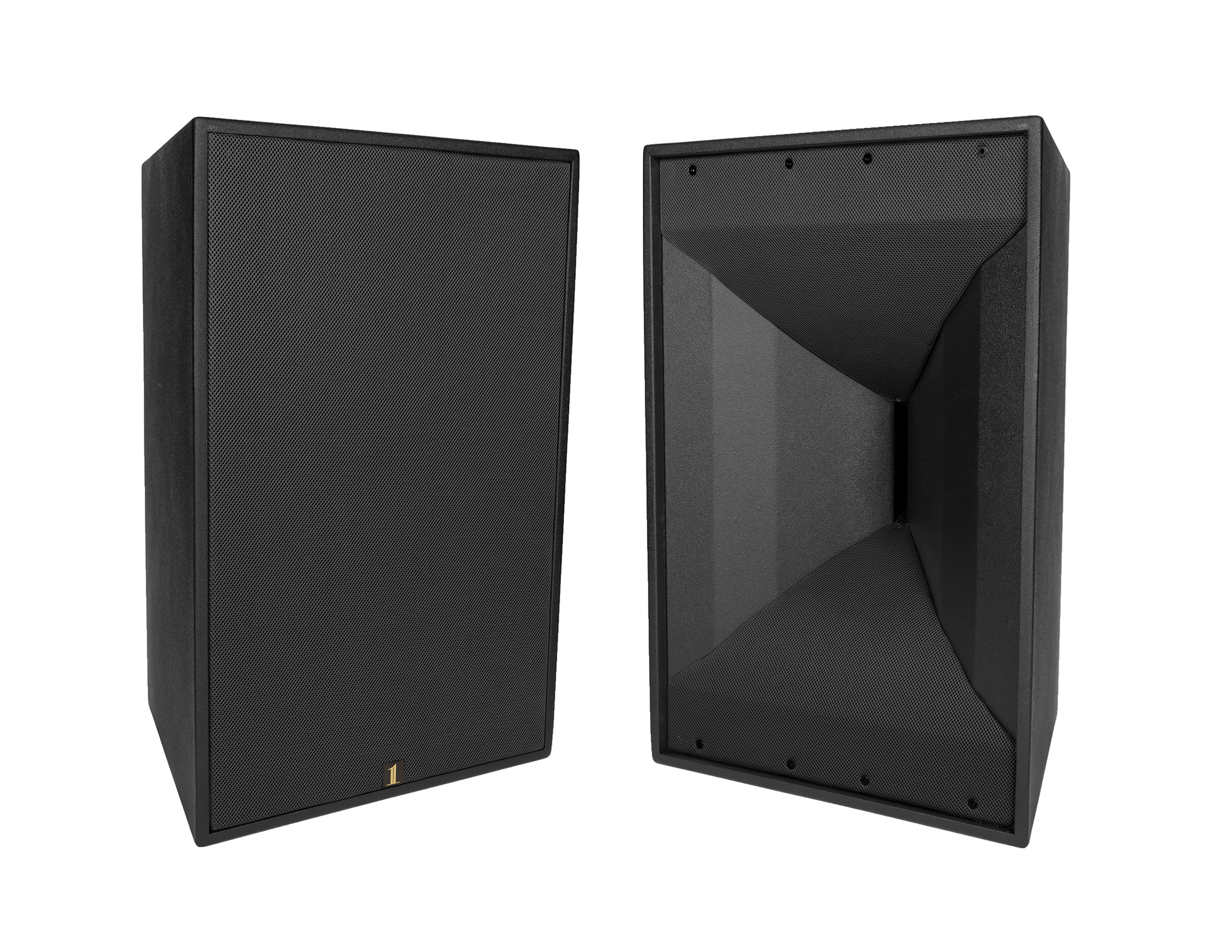
Launching at InfoComm 2023, the Countour CT212 is a horn-loaded, three-way passive loudspeaker that delivers full and present sound while sounding delicate when needed at lower volumes. Combining two 12-inch low-frequency drivers with a 4-inch mid-high coaxial and 2-inch compression driver in a horn-loaded point source enclosure ensures that frequencies low to high are delivered dynamically, making it ideal for use in medium to large-scale installations and live production audio.
Alcons VR5
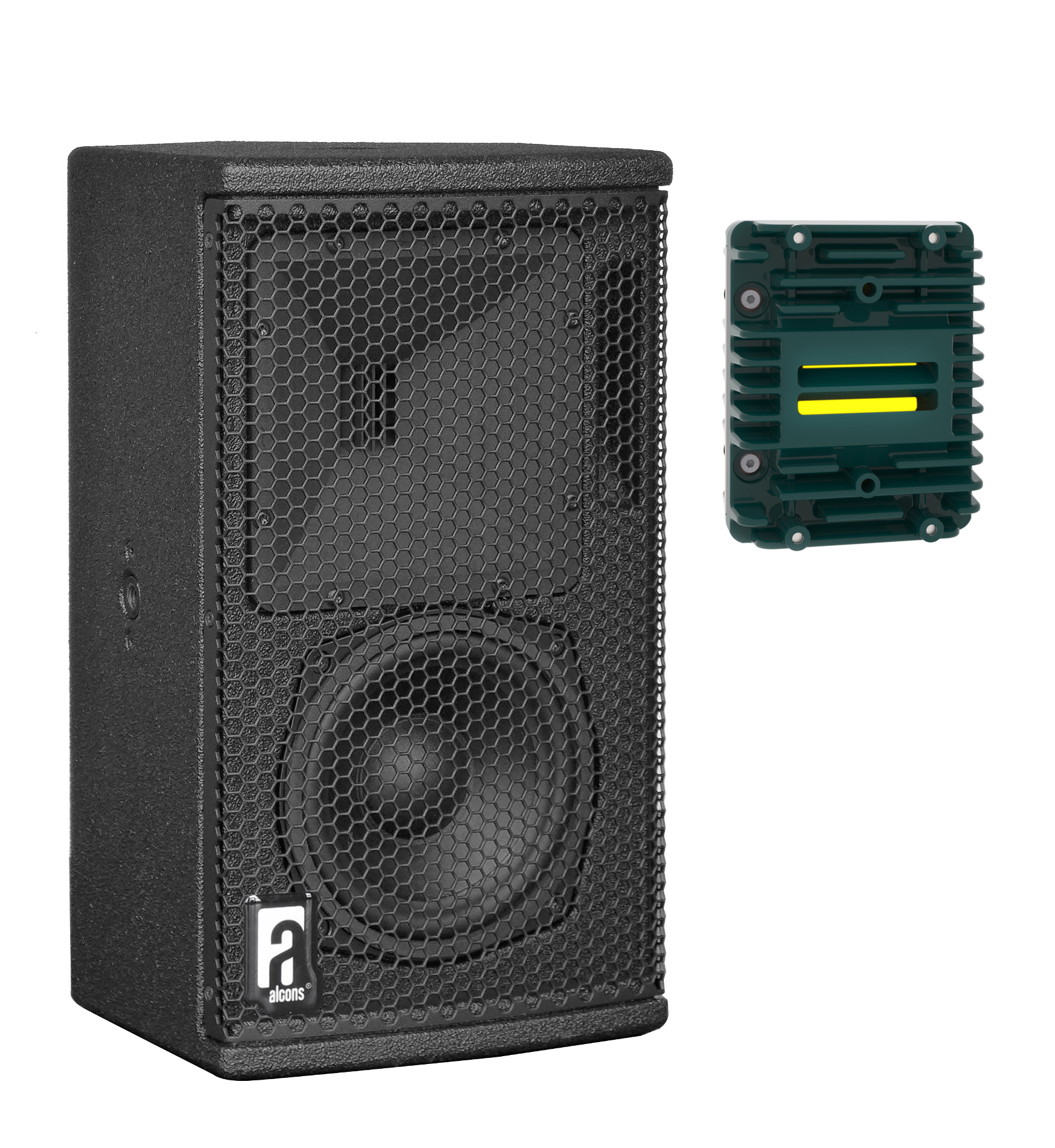
This two-way mini versatile loudspeaker is the ideal solution for near-field applications where fidelity response needs to be projected with wide horizontal and vertical coverage. Built within a small, compact package, it provides the sound of a more extensive system and delivers crystal-clear acoustics and ultra-low distortion for both portable and permanent applications.
AtlasIED ALA Series
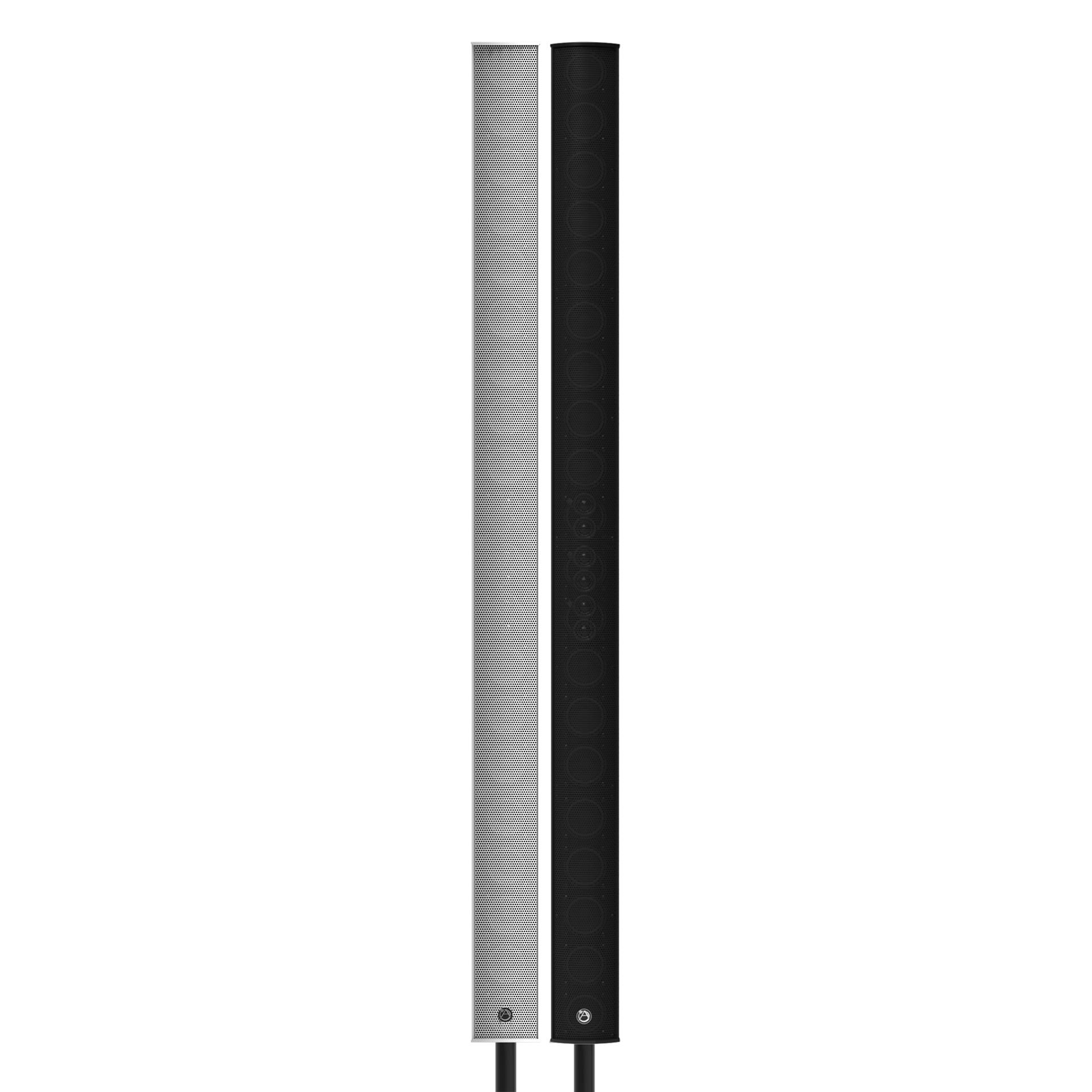
The EN54-24 certified ALA20TAW column line array loudspeaker provides maximum pattern control performance, delivering high performance and contemporary styling within a minimum footprint. With excellent speech intelligibility, the design combines 20 tight-packed 3-inch full-range drivers and six 22m high-frequency tweeters in an aluminum housing, making it durable while providing optimal sound reproduction. Plus, its contemporary design allows it to complement any environment.
d&b audiotechnik GSL8
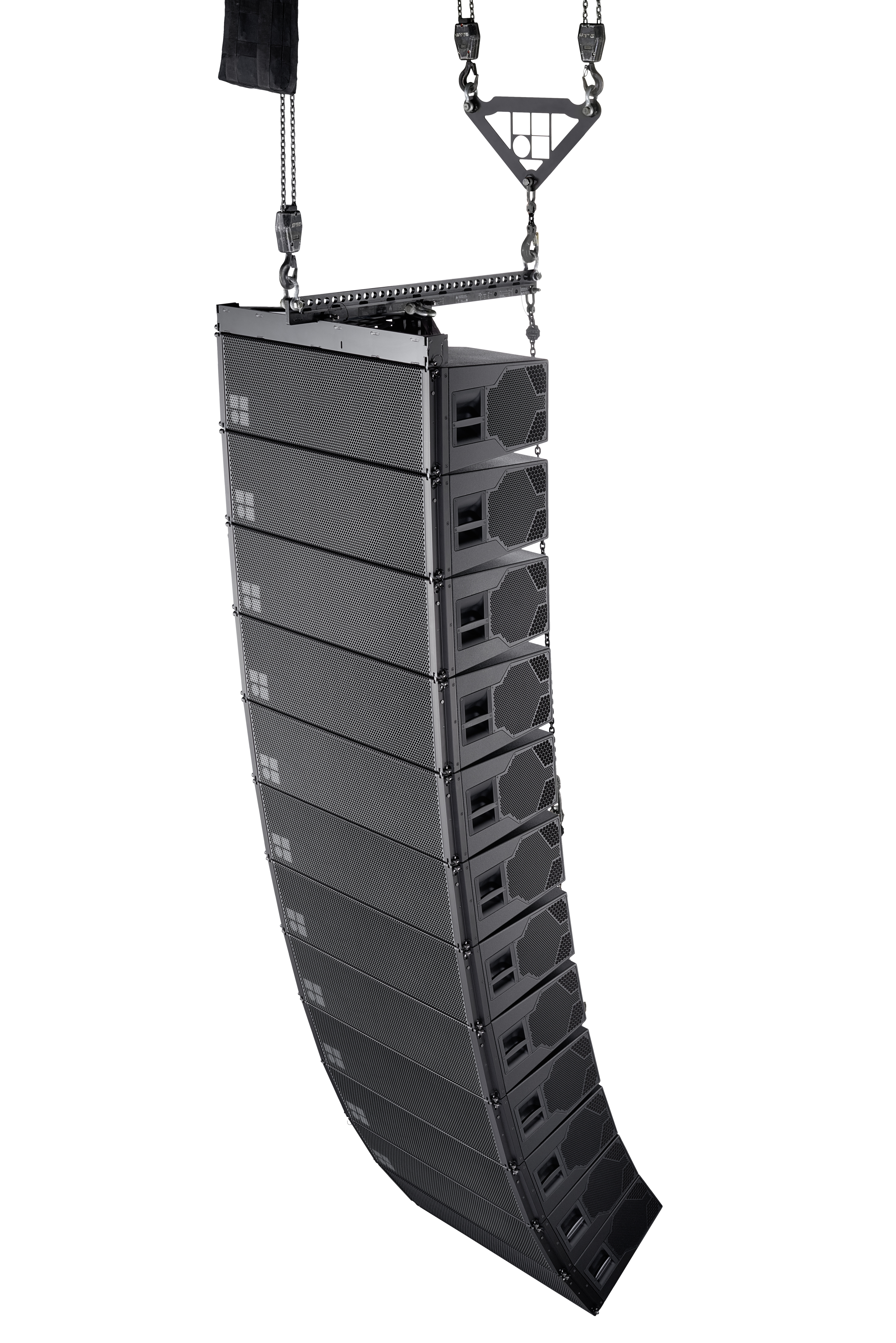
Designed for large-scale sound reinforcement, this line array module can be arranged in vertical columns to produce an 80-degree constant directivity dispersion pattern in the horizontal plane. Flying hardware for the SL-Series includes an integrated tension and compression rigging mode, allowing splay angles between cabinets from 0-7 degrees. The loudspeaker can reach very low frequencies with extended LF response while delivering these with significant headroom.
dBTechnologies VIO L1610
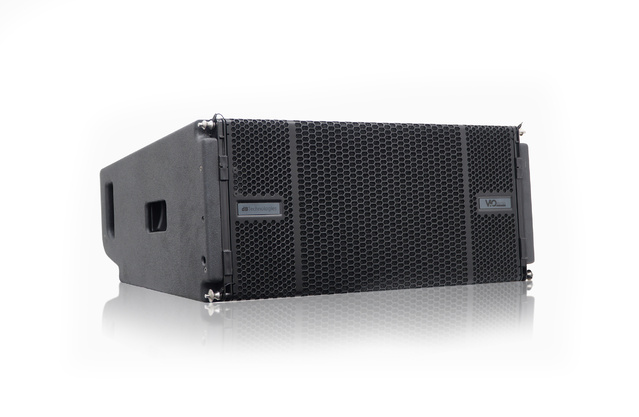
A versatile solution, the VIO L1610 combines VIO technology with an ultra-compact, three-way line array system that delivers a dependable line source system. The acoustic engine is driven by a Digipro G4 Class D amplifier. The VIO L1610 also includes a three-point rigging system for smooth setup, and its weight and form factor allow it to deliver dynamic audio for without being too intrusive.
Genelec 4430A Smart IP Installation Speaker
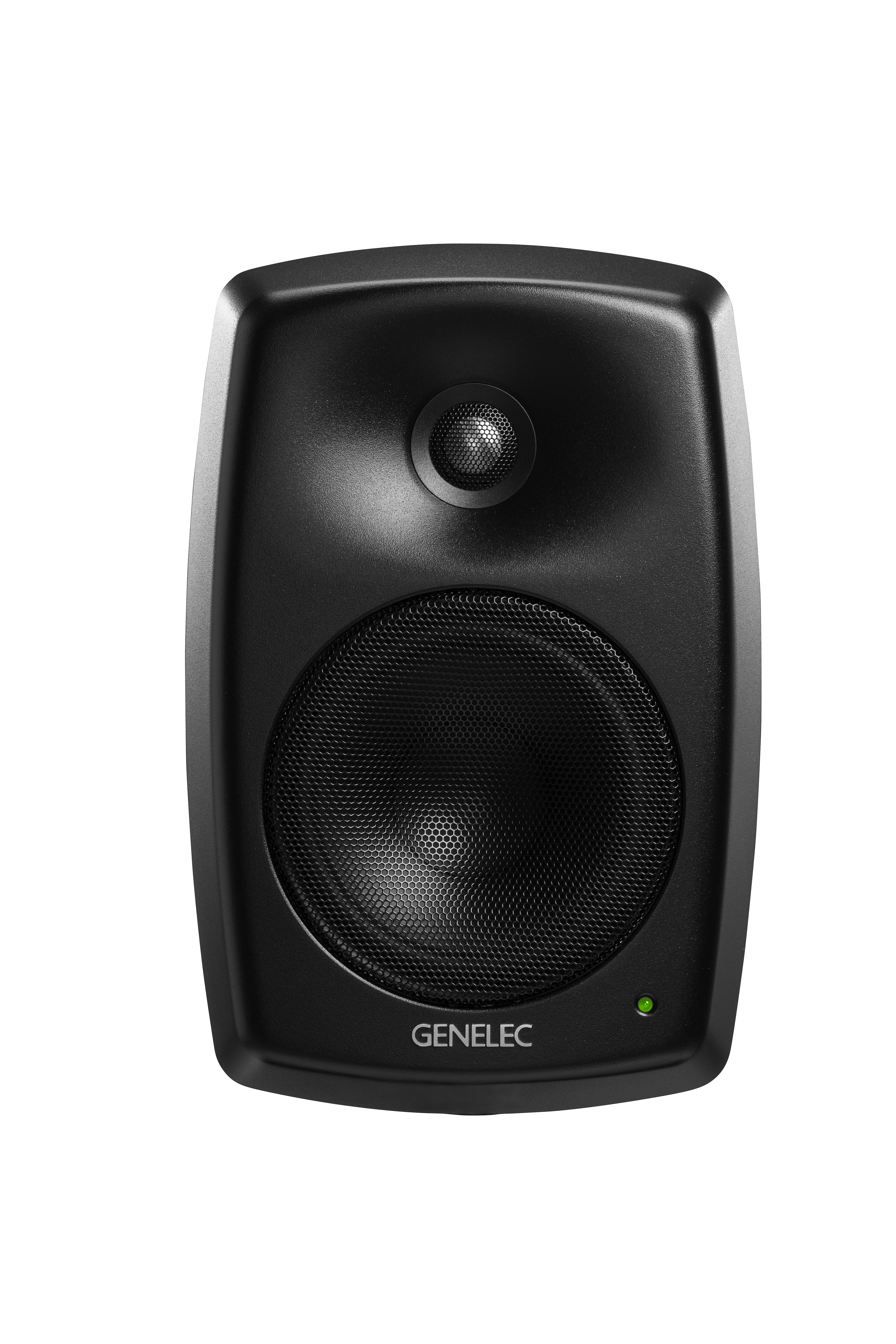
A staple of the Smart IP networked loudspeaker family, Genelec offers the compact 4430A, which provides power, audio, and loudspeaker management via a single CAT cable. As a result, it delivers flexibility, cost-effectiveness, and simplicity of installation. Powered by PoE and compatible with Dante and AES67 audio streams, the 4430A also integrates tightly with Genelec’s Smart IP Manager software for complete control, even in challenging acoustic environments.
K-array Vyper
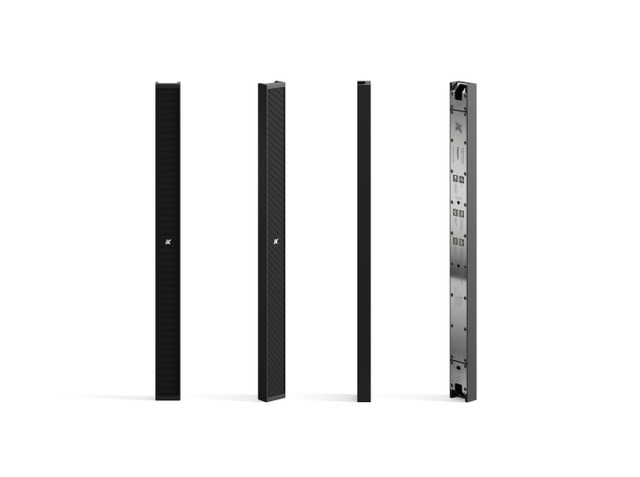
Found within a compact and durable 2-inch-deep aluminum frame, the Vyper line offers the flattest speakers in the K-array catalog. It is highlighted by closely-spaced transducers featuring K-array’s Pure Array Technology. The Vyper demonstrates true line array characteristics including phase coherence, low distortion, and focused listening, no matter the distance from the speaker. The technology allows the Vyper to cover venues and provide a long throw evenly.
Meyer Sound PANTHER
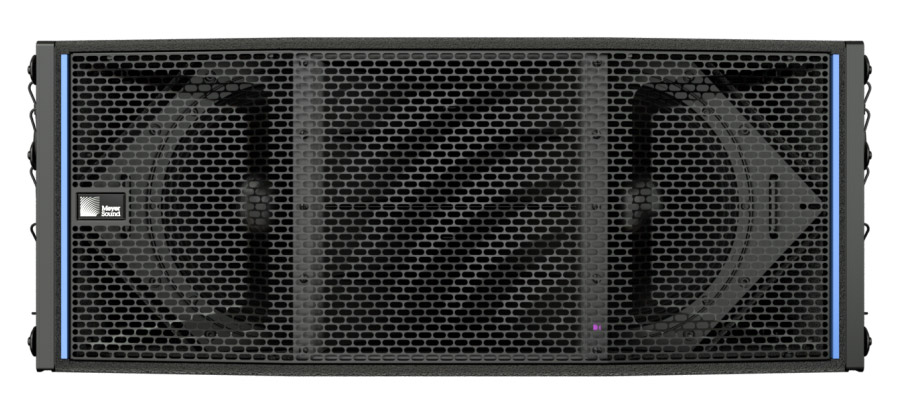
With a ground-breaking output of more than 150 dB, PANTHER is a self-powered system that delivers unrivaled linearity in a compact cabinet. With a new ultralight Class D amplifier, PANTHER doesn’t sacrifice power output for a lightweight design. The line array can tackle even the most complex production plans, with internal amplifiers precision-matched to drivers.
Yorkville Audio Synergy Array Series
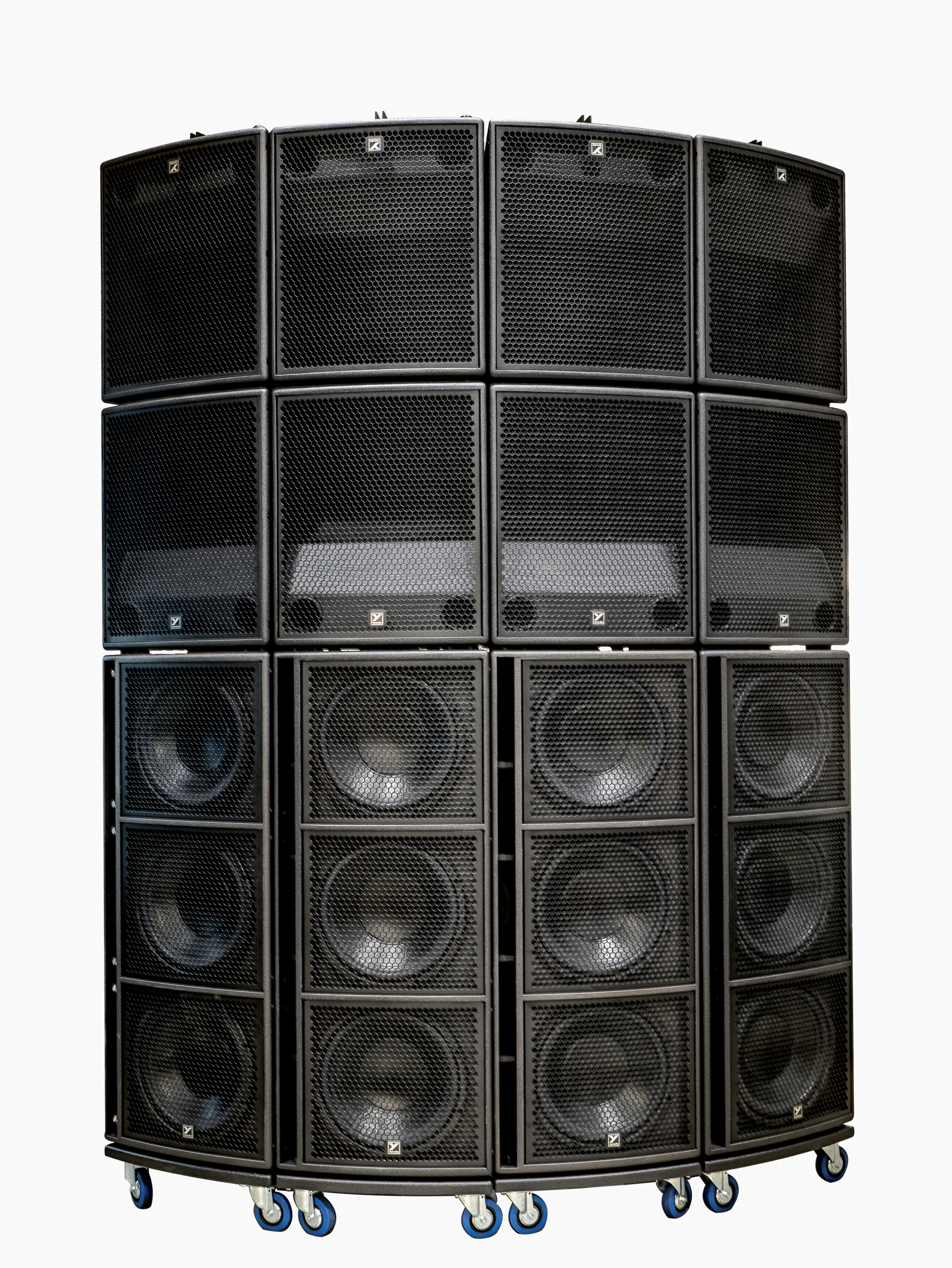
This active point source system offers flexibility, power, and directivity control. Consisting of the SA153 full-range powered cabinet and SA315S powered subwoofer, the Synergy Array Series is scalable for events of all sizes, including outdoor festivals, arenas, and music venues. With patented Paraline Lens Technology and Synergy Horn Technology, the system operates as a true point source, providing a flexible and powerful advanced system that is easy to use.







